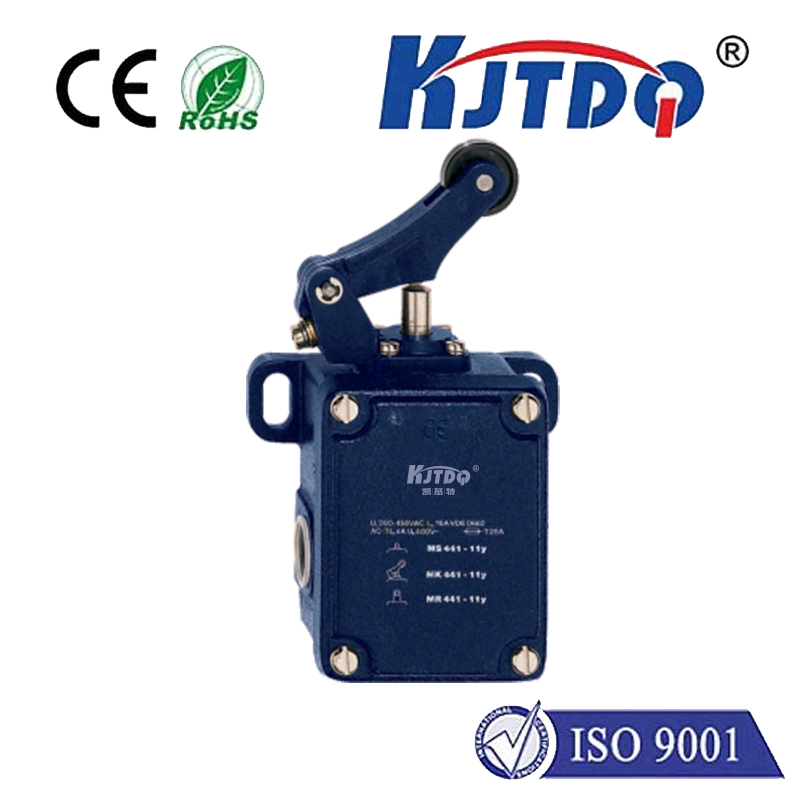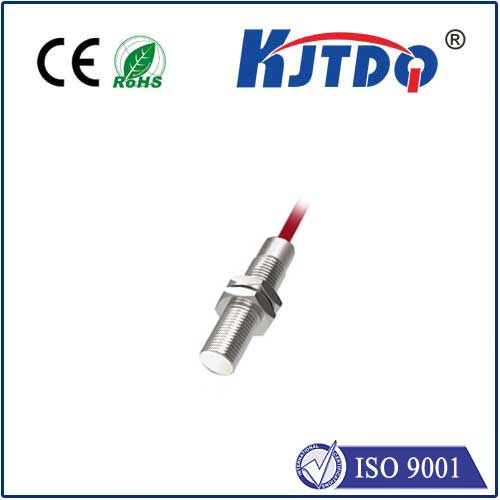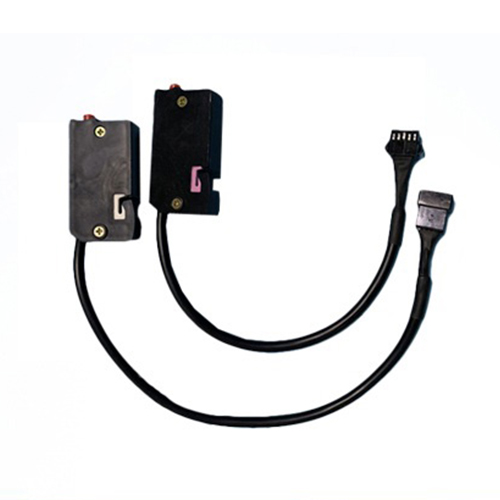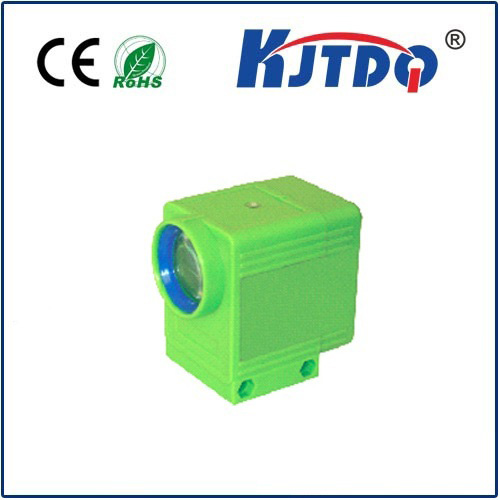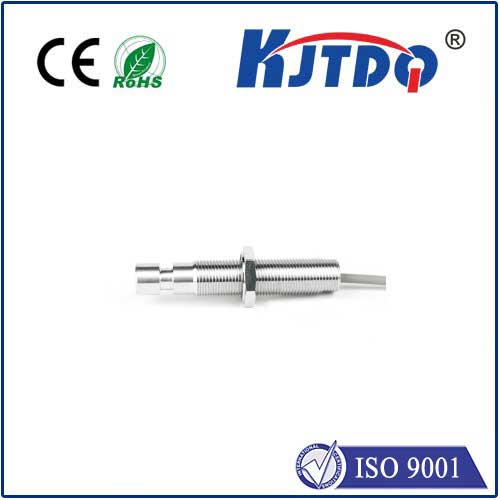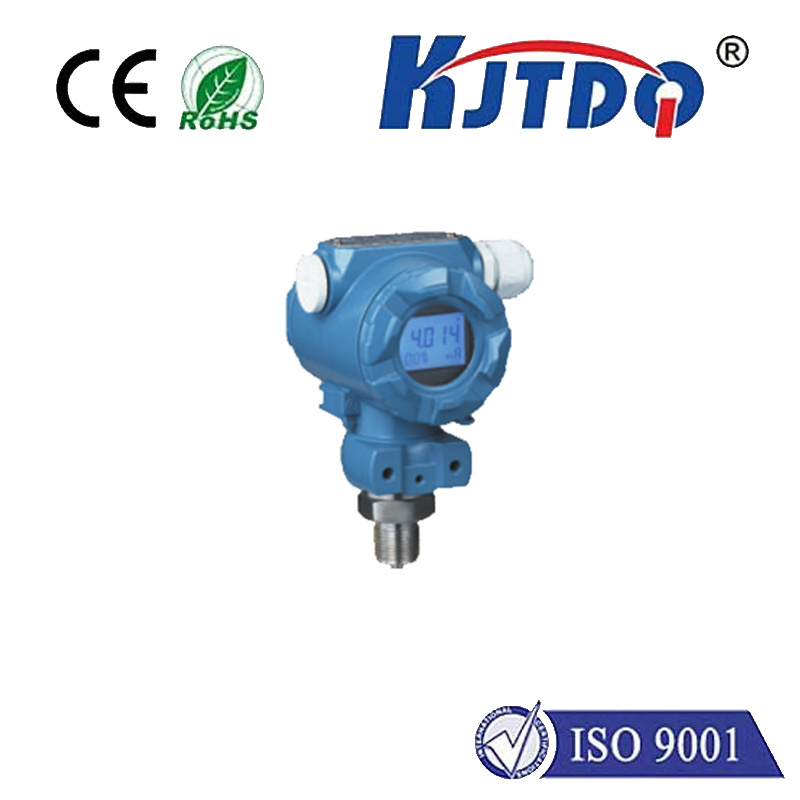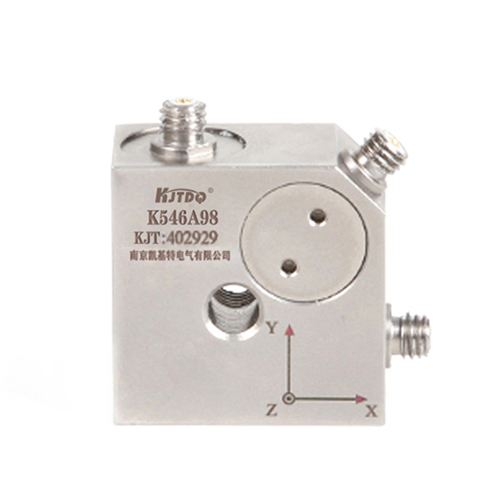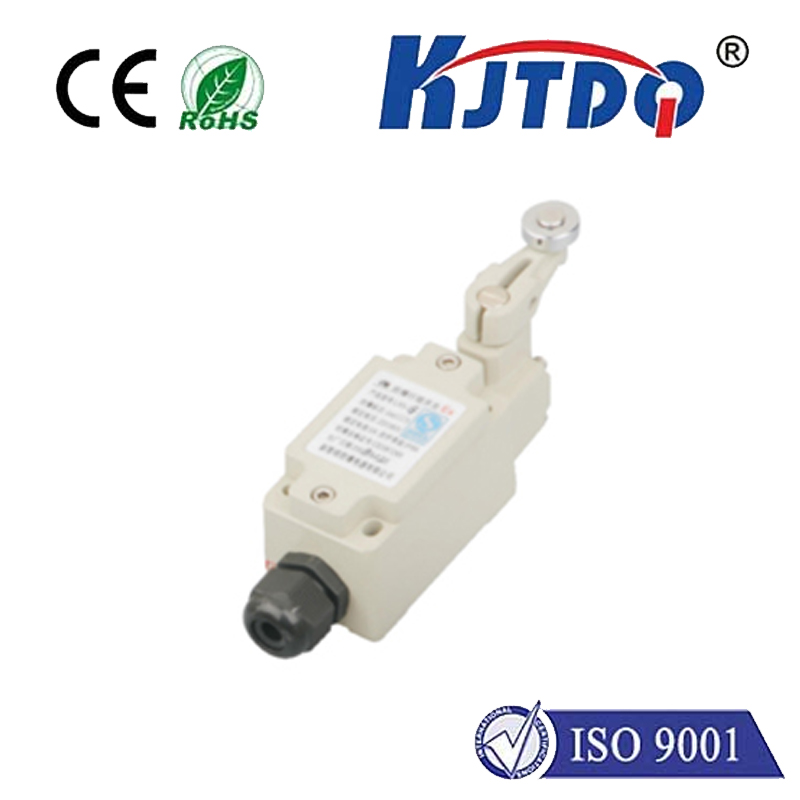optical fiber sensor working principle
- time:2025-08-14 17:19:52
- Нажмите:0
Optical Fiber Sensors: Illuminating the World Through Light’s Secrets
Introduction: The Invisible Thread of Sensing
Imagine a hair-thin strand of glass or plastic, so pure it can guide light for miles with minimal loss. Now, imagine harnessing that guided light not just for communication, but as a probe to measure the physical world – temperature shifts, structural strain, subtle vibrations, chemical presence, even the flow of blood. This is the remarkable reality of optical fiber sensors (OFS), a technology transforming industries by converting environmental changes into measurable light signals. Their unique Принцип работы hinges on the fundamental interaction between light traveling within the fiber and external influences acting upon it.
The Foundation: Total Internal Reflection
At the heart of every optical fiber sensor lies the phenomenon of Total Internal Reflection (TIR). An optical fiber consists of a central core surrounded by a cladding layer, both typically made of silica glass or specialized polymers. Crucially, the core has a slightly higher refractive index than the cladding. When light enters the core at an angle greater than a specific critical angle, it reflects entirely off the core-cladding interface, bouncing its way down the fiber with extraordinary efficiency. This confinement allows light to travel vast distances, making the fiber itself the sensing element or a pathway to a remote sensing point.
The Core Working Principle: Light Modulation

The essential Принцип работы of an optical fiber sensor is the modulation of one or more properties of the guided light wave in response to the measurand (the physical, chemical, or biological quantity being sensed). This modulation can occur directly within the fiber’s core or cladding, or within a specially designed sensing element attached to or integrated with the fiber.
The key optical properties that can be modulated include:
- Intensity: The simplest form, where the external parameter (e.g., displacement, vibration, presence of an object) causes a change in the amount of light reaching the detector. This can happen through mechanisms like microbending (tiny bends inducing light loss), macro-bending, reflection changes, or attenuation in an interacting medium.
- Phase: Extremely sensitive measurements (e.g., acoustic waves, strain, temperature gradients) often exploit shifts in the phase of the light wave. Interferometric techniques (like Mach-Zehnder, Michelson, Fabry-Perot, or Sagnac configurations) compare the phase of light in a sensing arm with that in a reference arm. Tiny changes in the optical path length of the sensing fiber, induced by the measurand, cause detectable interference patterns.
- Wavelength: Certain sensors rely on shifts in the color or wavelength of the light. Fiber Bragg Gratings (FBGs) are a prime example. An FBG is a periodic variation in the refractive index inscribed within the core. It acts like a wavelength-specific mirror, reflecting a very narrow band of light (the Bragg wavelength) while transmitting others. When strain or temperature changes cause the grating period or the core’s effective refractive index to alter, the reflected Bragg wavelength shifts precisely, providing a direct and absolute measurement.
- Polarization: The orientation of the light wave’s electric field (polarization) can be altered by external influences like magnetic fields (Faraday effect) or mechanical stress (photoelastic effect). Sensors detecting these changes are known as polarimetric sensors.
- Spectral Characteristics: For chemical or biological sensing, the interaction of the evanescent field (the light field extending slightly beyond the core into the cladding) with a specific coating or analyte can cause absorption or fluorescence at characteristic wavelengths, altering the transmitted or emitted light spectrum.
Transduction: Converting Physical Change to Optical Change
The magic lies in how the measurand physically interacts with the fiber or the attached transducer to cause this light modulation. This process is called transduction. Common transduction mechanisms include:
- Physical Perturbation: Strain, pressure, or vibration physically deforms the fiber (stretching, compressing, bending), altering its length, refractive index, or inducing microbends – directly affecting intensity, phase, or wavelength (in FBGs).
- Thermal Effects: Temperature changes cause expansion/contraction of the fiber material and alter its refractive index, leading to changes in optical path length (affecting phase) or shifting the Bragg wavelength in FBGs.
- Electro-Optic/Magneto-Optic Effects: Applying electric or magnetic fields can directly change the refractive index of certain fiber materials or dopants (e.g., Lithium Niobate, special glasses), modulating phase or polarization.
- Chemical/Biological Interaction: A specially coated fiber section or modified cladding interacts with target molecules. Binding events change the local refractive index (detected via interferometry or grating shifts) or induce fluorescence/absorption (detected spectroscopically).
Signal Detection and Processing
The modulated light signal exits the fiber and is directed onto a photodetector (like a photodiode or photomultiplier tube). The detector converts the optical signal into an electrical signal. Sophisticated signal processing electronics then analyze this electrical signal – measuring intensity fluctuations, decoding phase shifts from interference patterns, precisely tracking wavelength shifts from FBGs, or analyzing spectral features. This processed data provides the quantitative measurement of the target parameter.
Why the Principle Matters: Key Advantages
The fundamental Принцип работы based on light modulation grants optical fiber sensors significant advantages:
- Immunity to Electromagnetic Interference (EMI): As dielectric waveguides, they are unaffected by lightning, RF noise, or high-voltage environments where electrical sensors fail.
- Intrinsic Safety: They carry light, not electrical currents, eliminating spark risks in explosive or flammable atmospheres (ATEX/IECEx compliance).
- Remote & Distributed Sensing: Single fibers can carry signals over kilometers, enabling monitoring in hard-to-reach or hazardous locations. Some techniques (like OTDR combined with FBGs or Rayleigh scattering) allow sensing continuously along the entire fiber length.
- Multiplexing Capability: Multiple sensors (especially FBGs) operating at different wavelengths can be easily multiplexed onto a single fiber strand, drastically reducing cabling complexity and cost for large-scale sensing networks.
- High Sensitivity and Accuracy: Particularly interferometric and FBG sensors offer extremely precise measurements.
- Corrosion Resistance & Durability: Silica glass sensors are robust in harsh chemical and environmental conditions.
- Small Size and Lightweight: Enabling integration into composite materials or confined spaces.
Conclusion: Sensing with Light
From monitoring the structural health of bridges and aircraft, ensuring safety in oil & gas pipelines, enabling precise medical diagnostics, to guarding critical infrastructure, the applications of optical fiber sensors are vast and growing. Their power stems entirely from their elegant Принцип работы: harnessing the subtle ways the physical world alters the fundamental properties of light confined within a slender strand of glass or plastic. By decoding these light modulations, we unlock a universe of previously difficult or impossible measurements, making the invisible threads of optical fiber truly illuminating sensors for the modern world.

